Each submission gets timestamped with EST time and gets a unique identifier
assigned, example:
S10056

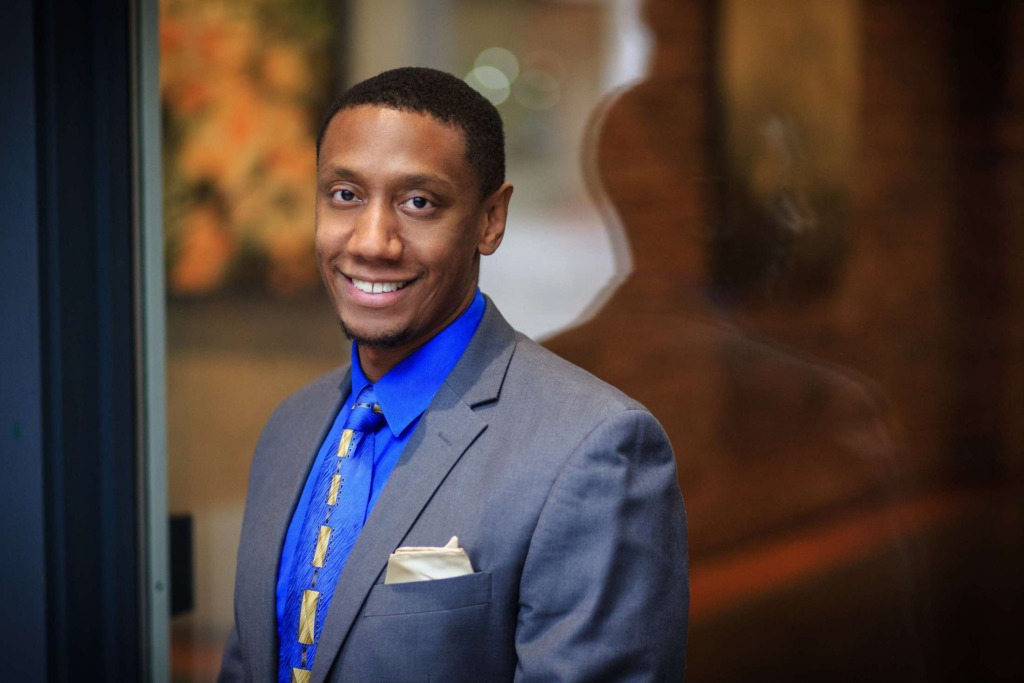
February 24, 2022
by: Tiara Hughes, NOMA
Leon Holloway is a licensed architect in the State of Washington. He has worked on a myriad of projects over the past 16 years. He has worked on varying institutional projects (k-12 schools), healthcare, government buildings, multi-family and international projects. He is a project architect and project manager that works in the justice & civic, education, and transportation sectors at DLR Group. He currently serves as the NOMA NW President. As president, he has helped lead Project Pipeline and Hip-Hop Architecture camps for middle school students here in Washington. Also, he helped create a Call to Action for the Seattle AEC industry, create bridges between alliant organizations to bring architecture to under-represented populations and continued the chapter’s successes through the pandemic. Additionally, he serves on the AIA Seattle Program Committee, volunteers for the Diversity Roundtable, volunteers for the ACE Mentorship Program, and Co-Chairs the Academy of Architecture for Justice and NCARB sub-committees. He has also been a part of several local Pacific Northwest speaking engagements along with national conferences of: ACSA Administration Conference, Academy of Architecture for Justice, and 2030 Districts Network Virtual Roundtable.
TH: How did you first become interested in architecture?
Leon Holloway: I was very fortunate to have parents that were aware of architecture. They were able to introduce me to architecture early in my childhood. Growing up, I was always very interested in the built environment. I would use Lincoln logs, Legos to create villages, and various lego creations. My mother suggested that I should look into being an architect from the early age of six years old. From there, I was determined to be an architect from that point on. I would create my own floor plans of various buildings that I found interesting and began to think of how people would navigate the space. In high school, I was fortunate to take manual drafting and computer aided drafting. Furthermore, I was awarded the opportunity to shadow a local residential architect, and take art classes. I believe that training helped me succeed in the architecture program at Ball State University while some of my new found friends struggled.
“Growing up, I was always very interested in the built environment. I would use Lincoln logs, Legos to create villages, and various lego creations. My mother suggested that I should look into being an architect from the early age of six years old.”
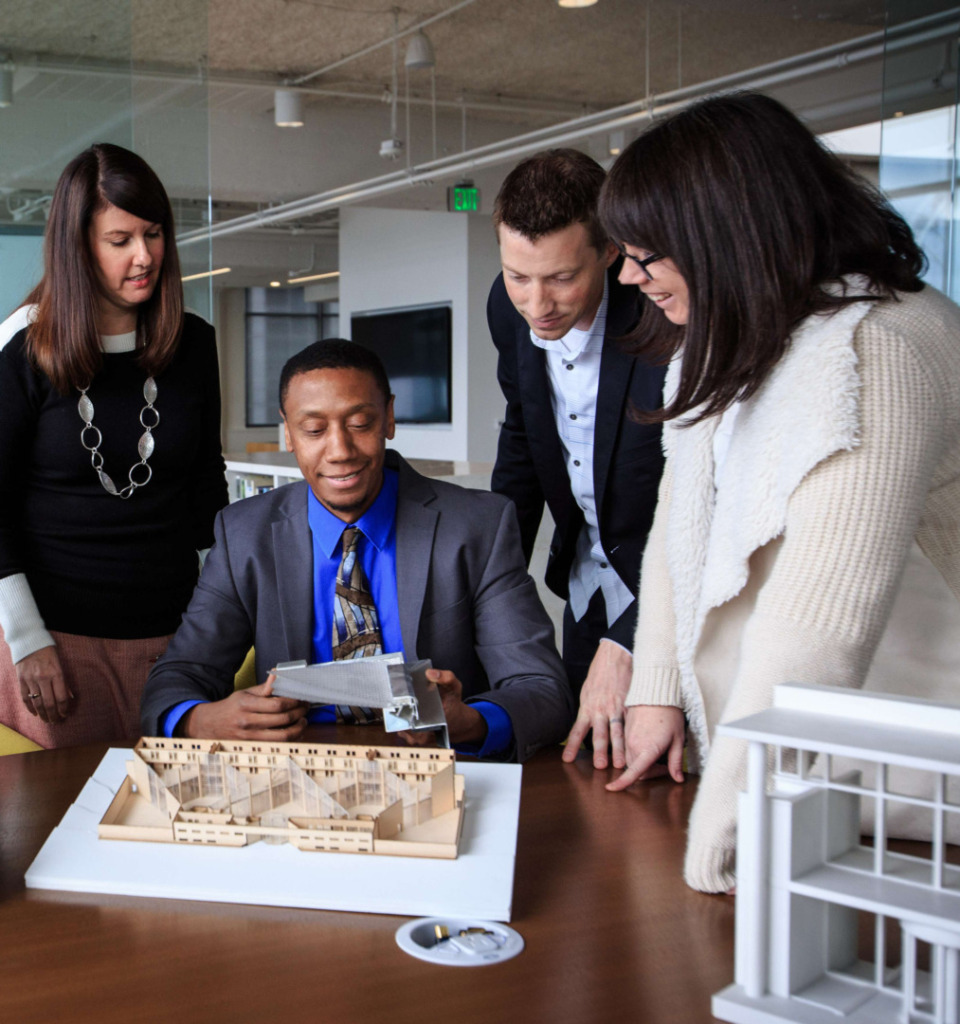
TH: When did you first learn about NOMA, and how have you been involved over the years?
LH: I was a late bloomer to NOMA and did not really know about the organization during my formative years of school. I became aware of it when I entered the profession here in Seattle, WA. I began to get involved in the local AIA Diversity Roundtable which introduced me to other minority architects that were advocating for diversity in Architecture in the Pacific Northwest. The Diversity Roundtable is a group that elevates, inspires, and empowers individuals of underrepresented backgrounds in the profession. AIA Diversity Roundtable promotes transformative change through the use of scholarships, community service, and activism. I was able to meet one of my mentors Donald King FAIA who really helped me find my architectural identity in an isolating place like Seattle. He was the person that informed me about NOMA. Following this introduction, a group of minority architects met and discussed the need for an organization that could address the lack of diversity and connection to resources in the Pacific Northwest. Following this critical dialogue, NOMA NW was born to create a network for minority architects to help us realize that we were not alone in the practice of architecture.
TH: How has NOMA impacted your professional trajectory?
LH: NOMA has impacted me tremendously throughout my professional career. The ability to network with others who have similar backgrounds has helped me forge mentorships, professional advocates, and expand my professional network. It has also enabled me to grow into leadership roles from being on the executive board and serving as committee leaders. Volunteering in our chapter has allowed me to manage projects and events which have assisme professionally.
“NOMA has impacted me tremendously throughout my professional career. The ability to network with others who have similar backgrounds has helped me forge mentorships, professional advocates, and expand my professional network.”
.
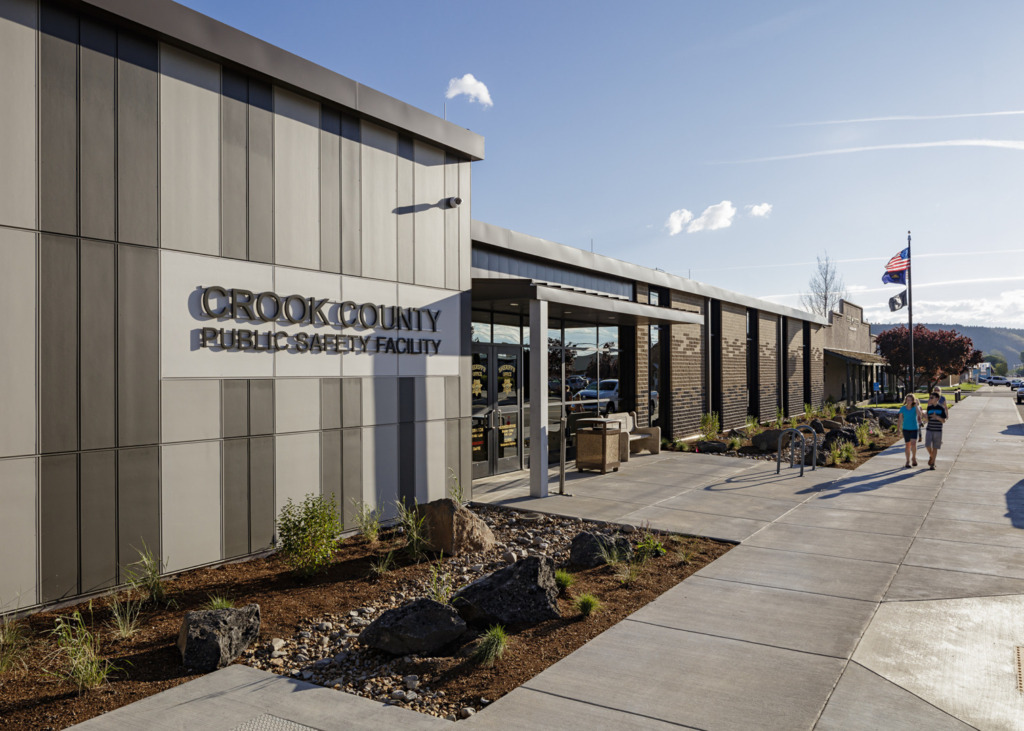
TH: Can you share some of your most meaningful architectural work?
LH: I have a couple of projects that I really enjoyed. The first professional project I experienced from design through construction was a local elementary school. I was able to work closely with the administration staff to determine the best programmatic needs for their space. Based on those discussions, I was able to detail the drawings accordingly. It was eye opening to experience those same details I created being built in the new space. The school was truly unique because it had a courtyard for the kids to participate in outdoor learning with two bridges tying the academic and extracurricular activity wings together. It was great to see the first day of school where all the kids’ faces lit up upon seeing their new school.
“I was able to work closely with the administration staff to determine the best programmatic needs for their space. Based on those discussions, I was able to detail the drawings accordingly. It was eye opening to experience those same details I created being built in the new space.”
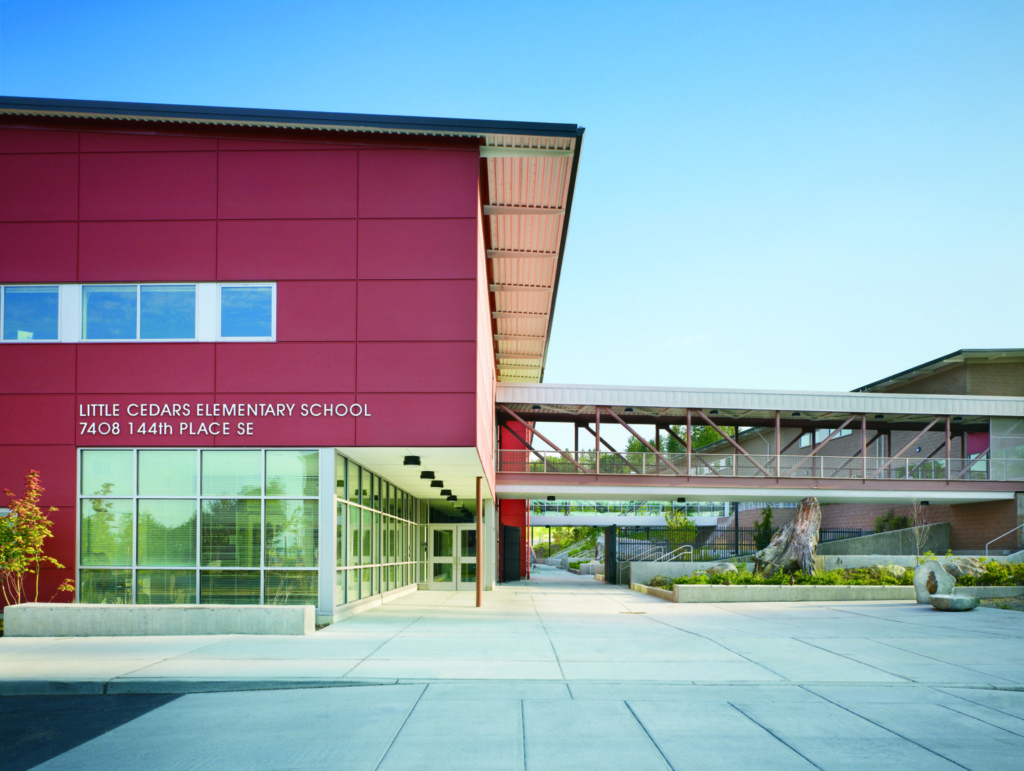
I also remember a housing project I worked on with a client who had a dream of building on a tight site. They were so very happy to see the finished product because it was hard for them to see how their dream could come to fruition. Results like these continue to drive me in the profession.
TH: Do you recommend people become members of NOMA? If so, why?
LH: Yes, I have truly had a great experience being involved in NOMA. It’s existential for NOMA to be an organization for minorities to have a safe space and to be able to band together to advocate for diversity in our profession.
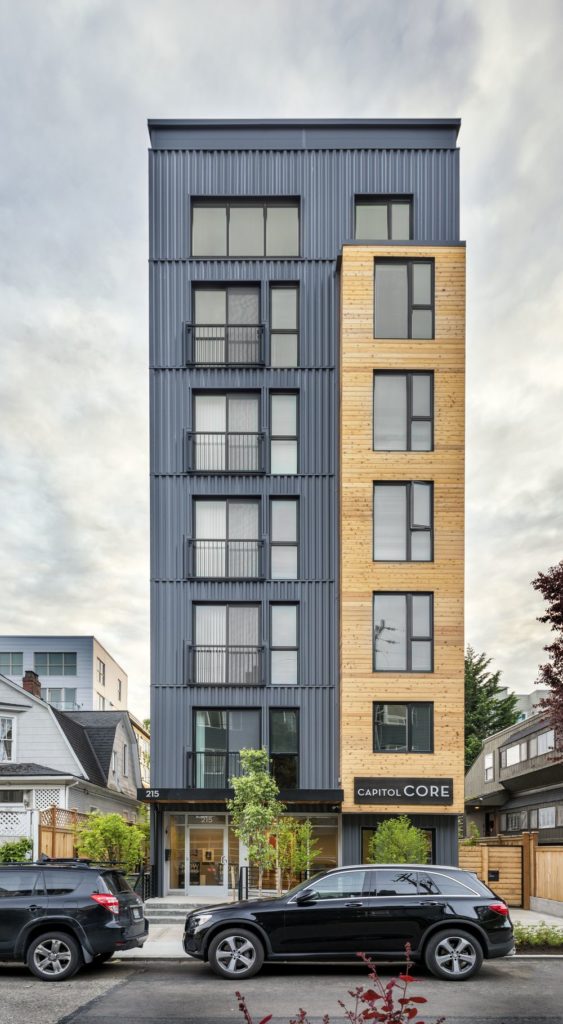
TH: What advice do you have for our NOMAS membership, as they begin their architectural careers?
LH: My first piece of advice would be to connect with a professional chapter and get involved with their events. It will help you increase your network and get to know who is doing work that you may be interested in. Second, personally reach out for mentorship, do not just sit back, but get to know people who are doing things in the industry instead. Thirdly, reach out to the younger generations, inspire others behind you and pave the way for them to grow into the profession you love.
“My first piece of advice would be to connect with a professional chapter and get involved with their events. It will help you increase your network and get to know who is doing work that you may be interested in.”


Each submission gets timestamped with EST time and gets a unique identifier
assigned, example:
S10056


Your ID: S12312312






This notification means your entry was sent successfully to the system for review and processing.
If you have any further questions or comments, reach out to us via the main contact form on the site
Have a great day!







New to NOMA?
Create your account
Already have an account?
Sign in

Not A NOMA Member? Click Here!
Create your account
